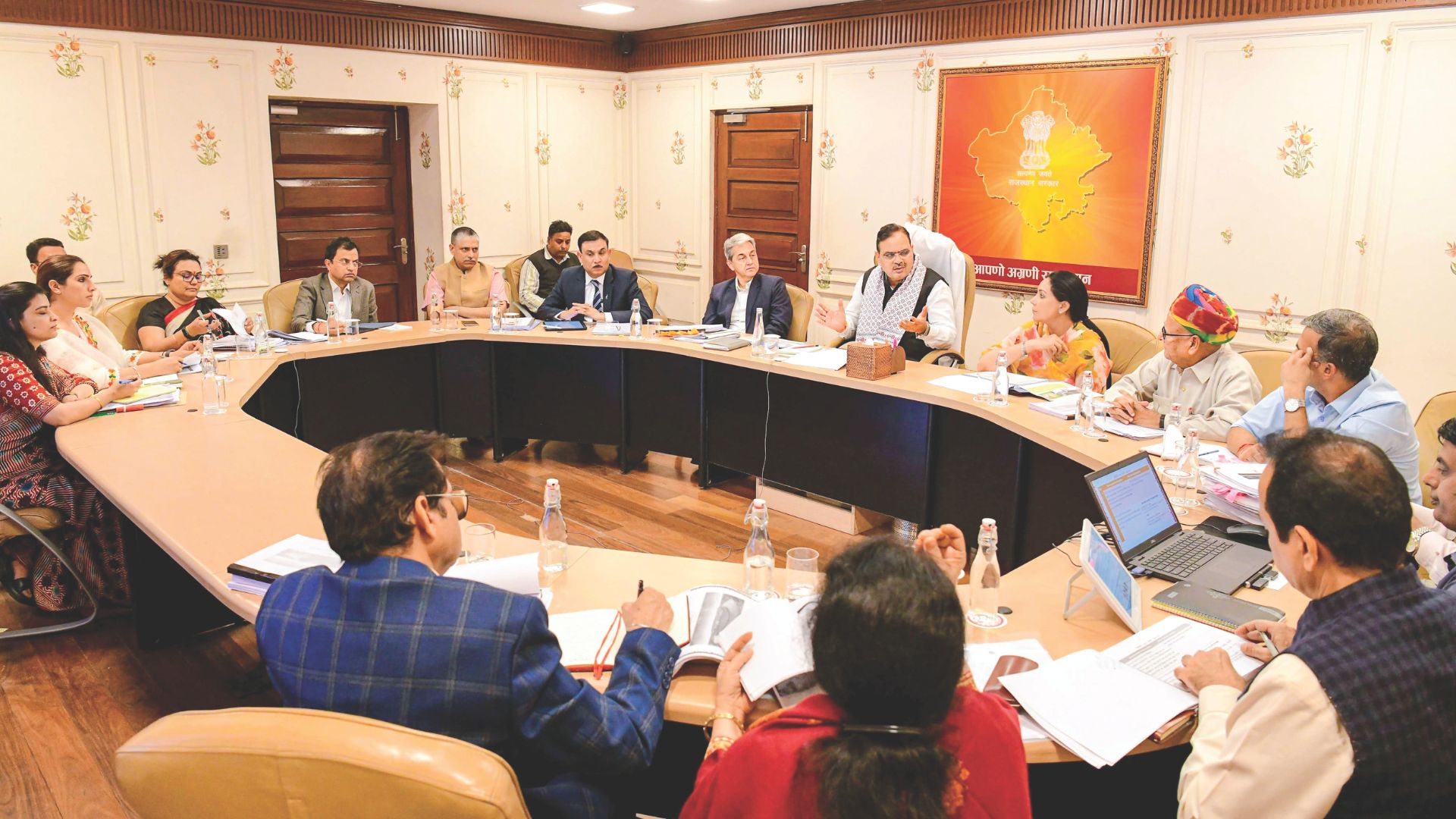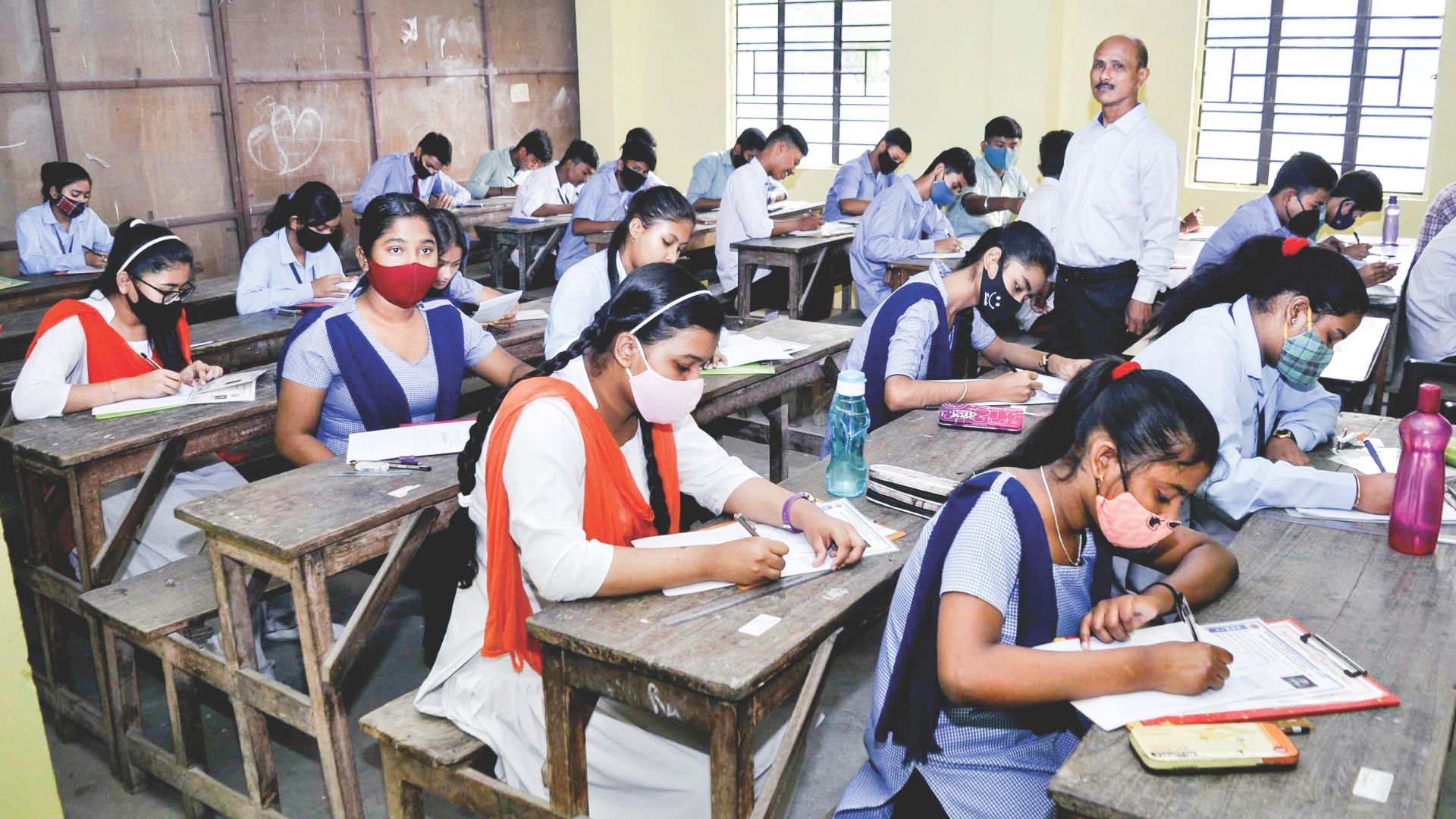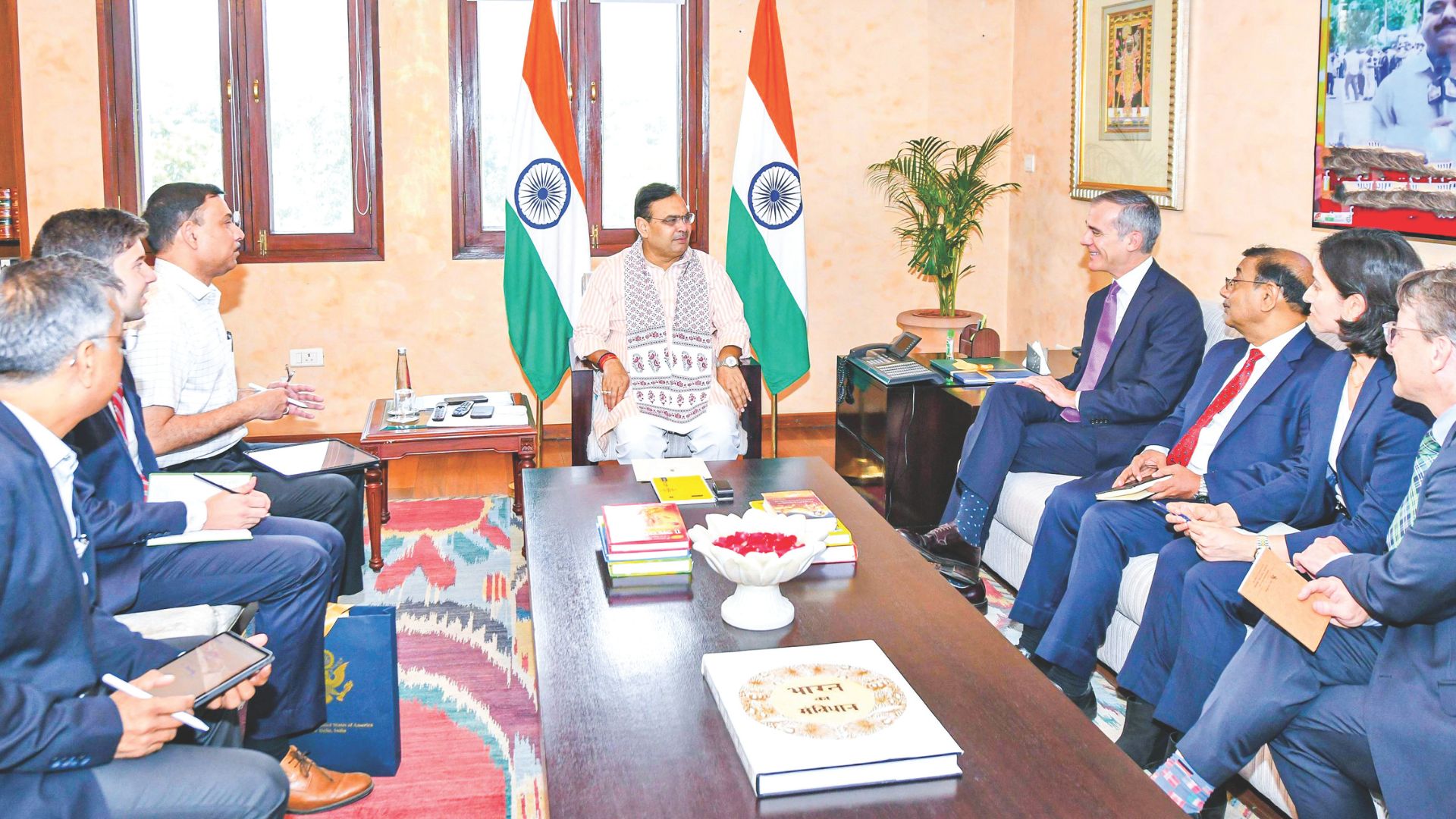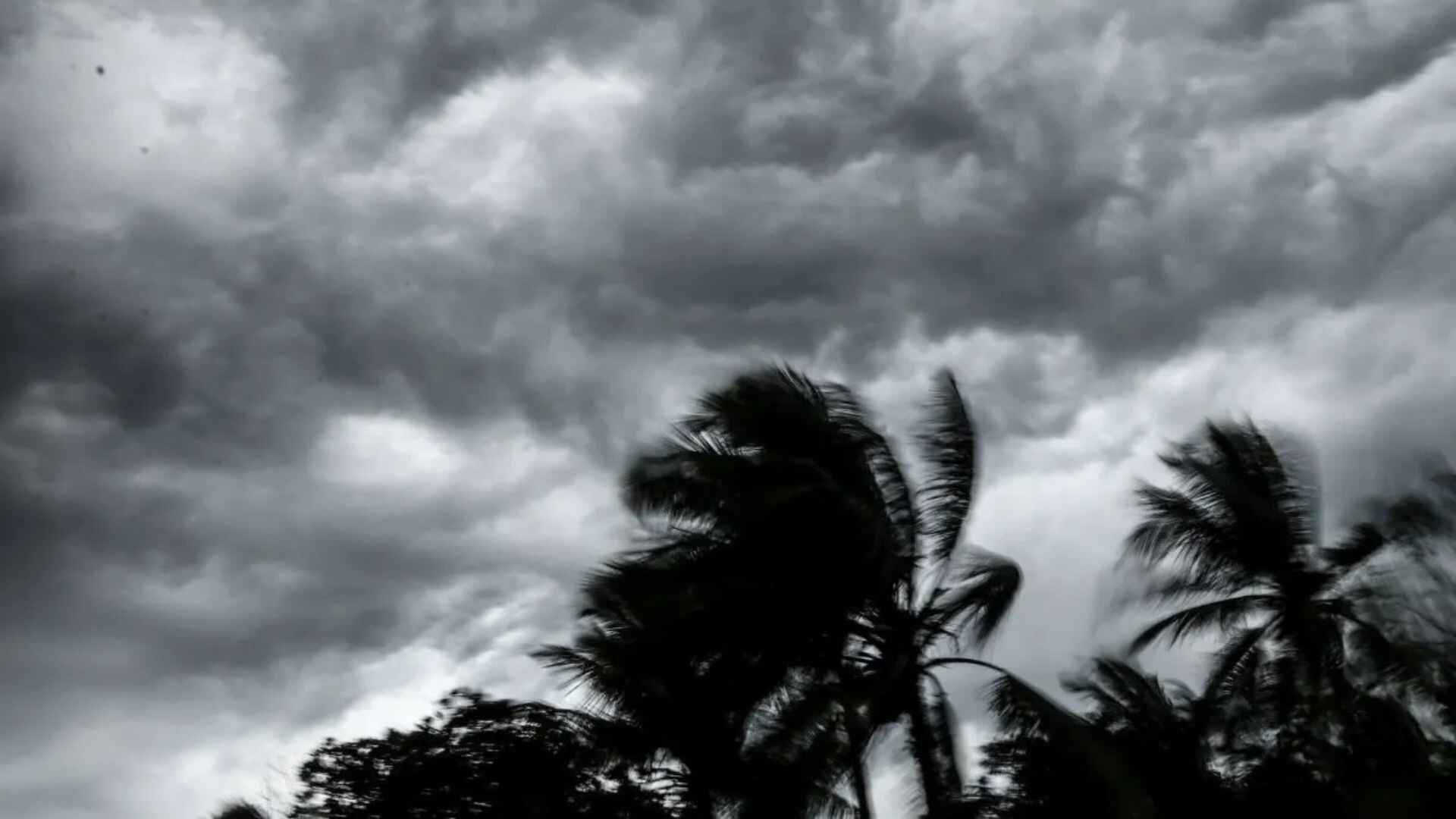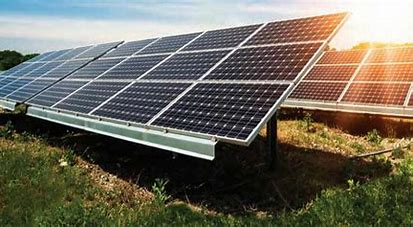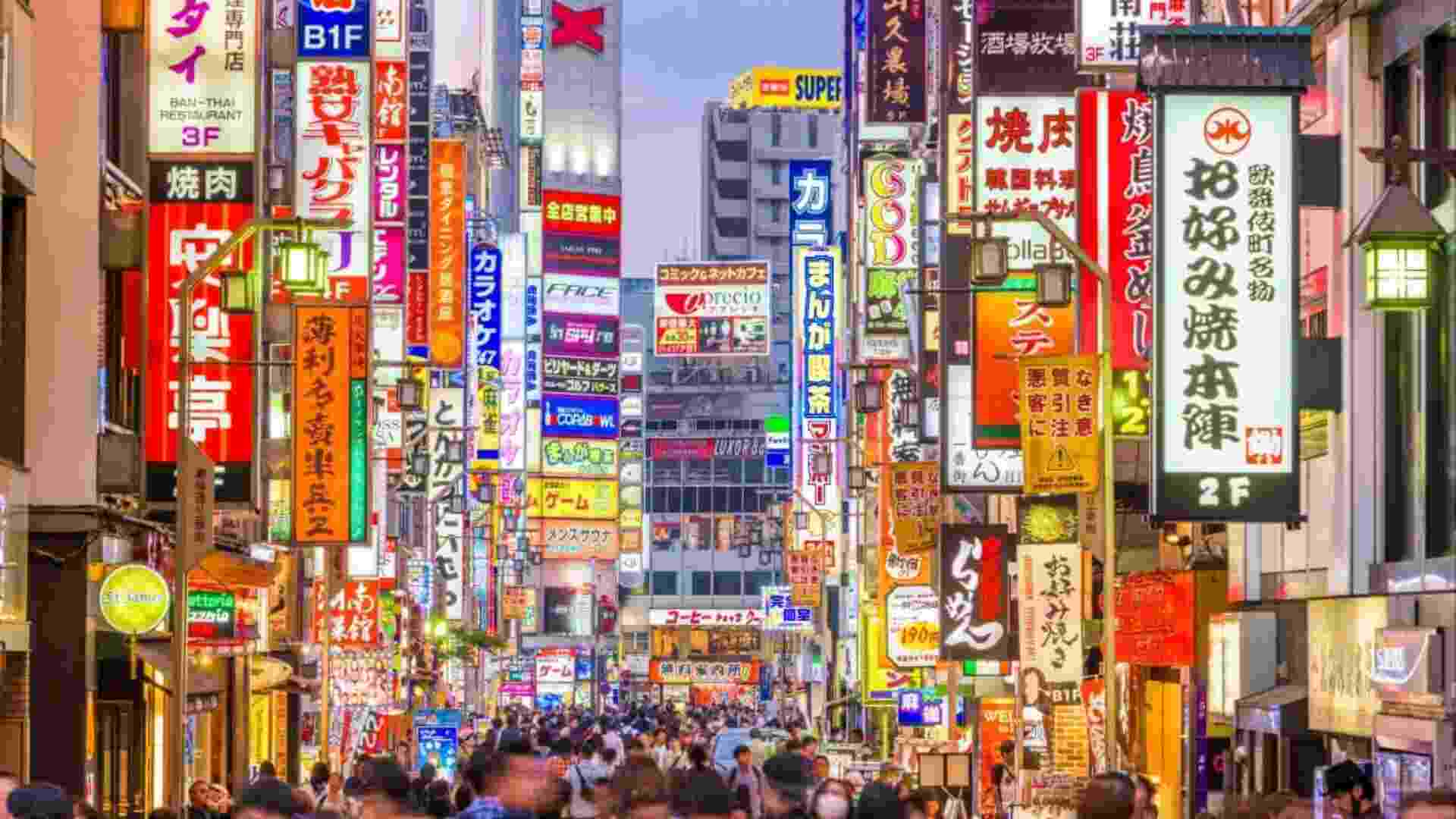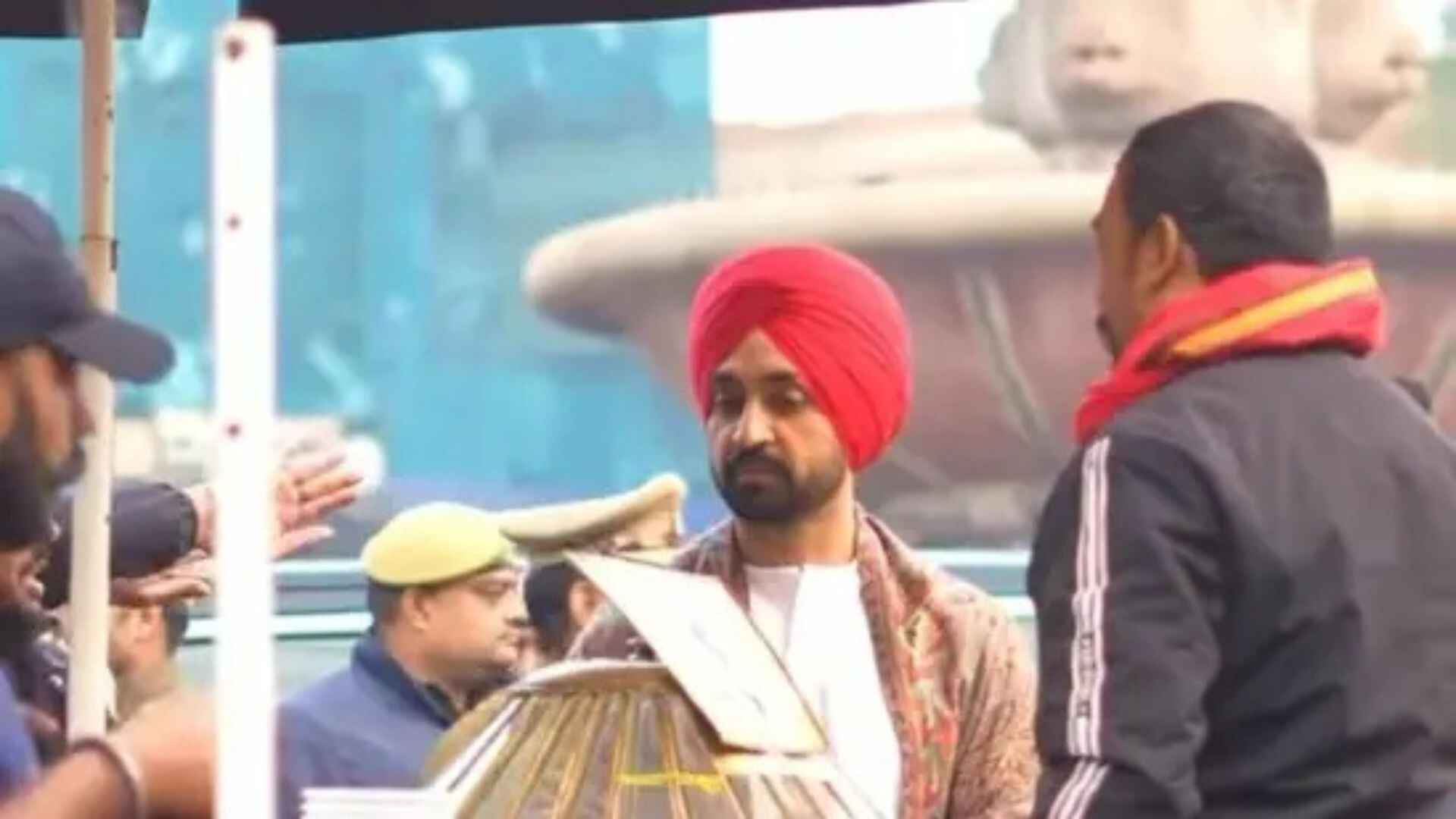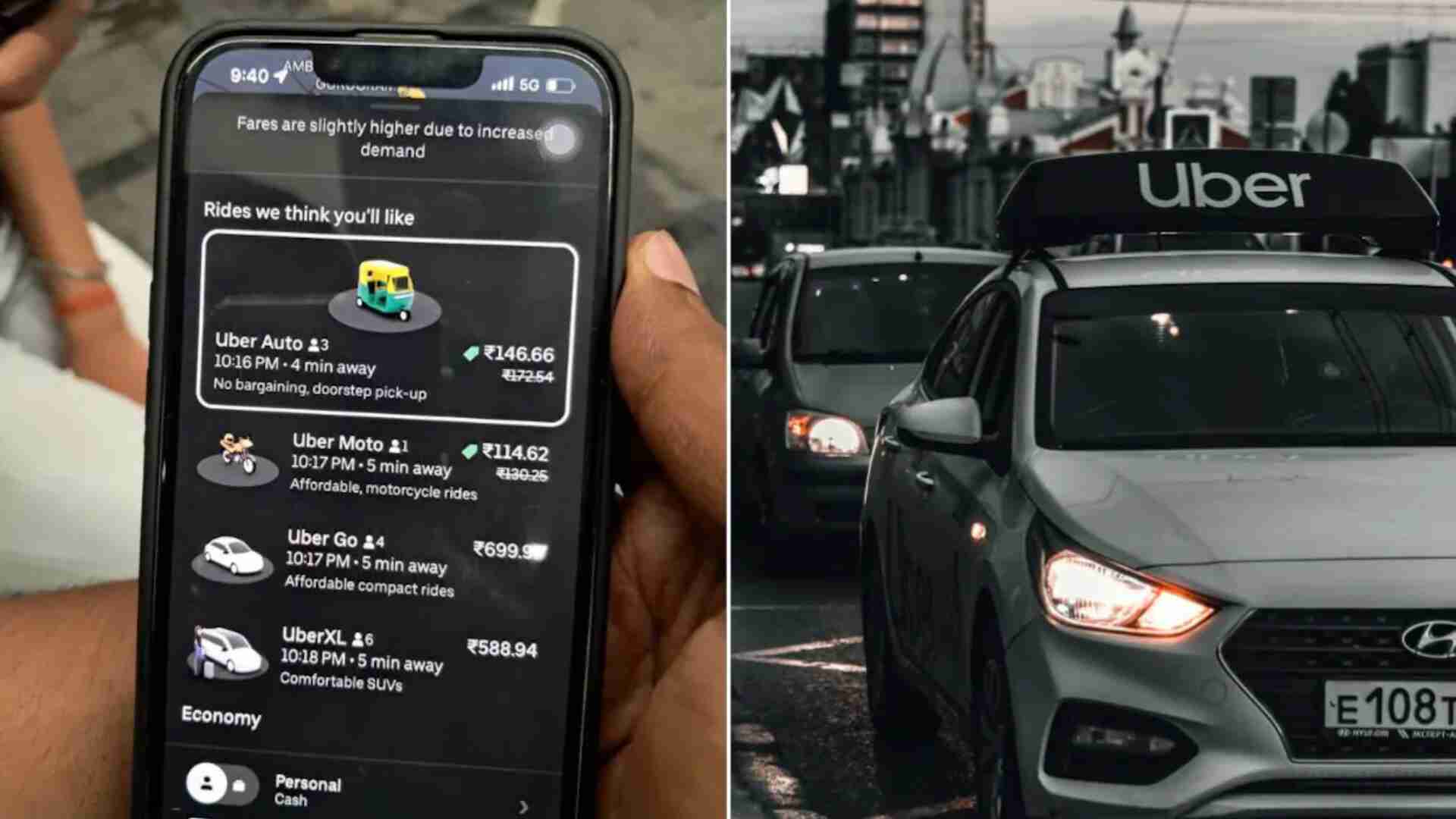
Surya Pandey, a Delhi-based professional, recently took to LinkedIn to express his frustration with Uber surge pricing, particularly during peak hours and adverse weather conditions. His post, which included a screenshot of Uber’s exorbitant fares for a mere 1.8 km ride, quickly gained attention online. Pandey’s sharp critique of the ride-hailing giant’s pricing strategy resonated with many, sparking a conversation on the platform.
Pandey’s post highlighted the stark difference in prices among various Uber options. According to the screenshot he shared, an Uber Go was priced at a staggering Rs 700, while UberXL was slightly lower at Rs 588. In contrast, the more economical options—Uber Auto and Uber Moto—were priced at Rs 146 and Rs 114, respectively. These steep prices led Pandey to humorously suggest that people should consider hitching rides from others instead of paying such high fares.
Here’s The Post:
“If only I had the foresight to invest in Uber’s surge pricing instead of the stock market, I’d be outpacing Harshad Mehta by now!” Pandey joked in his post. He went on to reflect on how services like Uber, Rapido, and Ola, which were initially seen as solutions to cab accessibility and affordability, have now become synonymous with exorbitant charges during unfavorable conditions. “Fast forward to today, and after just three raindrops in Gurugram, you’re staring at a screen demanding 300% more for a ride—only to be left stranded for three hours,” he added.
Pandey’s creative workaround for the issue? “Head to the parking exit and kindly ask anyone leaving for a lift home,” he suggested.
LinkedIn Reactions Pour In
Pandey’s post quickly garnered attention, with many LinkedIn users chiming in with their own experiences and frustrations. One user commented on the unexpected benefits of rainy days, noting, “Grateful for the unexpected cost-saving benefits of the rainy season. The generosity of people offering lifts has truly been heartwarming during this time.”
Another user shared their dissatisfaction with ride-hailing services, saying, “I travel a lot through the day, but I stopped using Ola or Uber when in cities like Mumbai, Delhi, or Kolkata. They are definitely not a reliable source of booking taxis. Mostly kali-peelis are better and their charges are also static.” They also expressed frustration over the frequent cancellations and price discrepancies, particularly with Uber.
Others echoed similar sentiments, with one user from Bengaluru stating, “I’d rather walk, build my health. I do that in Bengaluru.” Another pointed out, “Sometimes, the fare of an auto even surpasses that of a cab!” Yet another shared a personal anecdote, saying, “That’s true for real! I remember taking a lift from random bike riders during my internship period in Gurugram last month.”
Pandey’s post has clearly struck a chord, bringing to light the growing dissatisfaction among users of ride-hailing services in India. As conversations like these continue to gain traction, it remains to be seen how companies like Uber will respond to the rising discontent.
